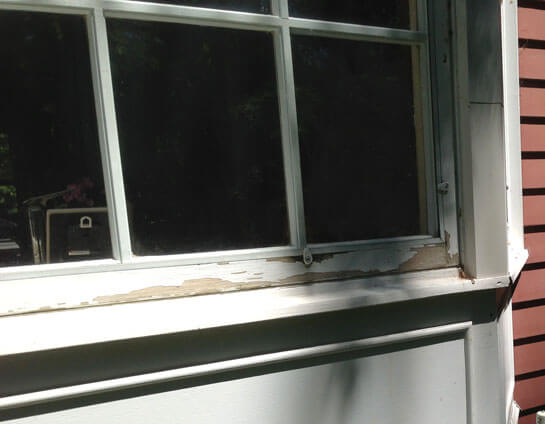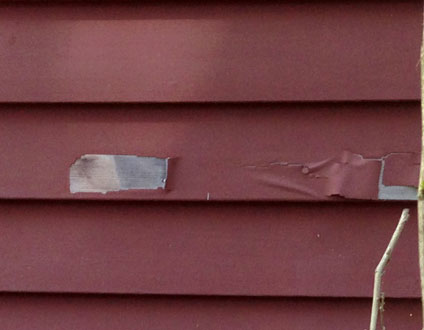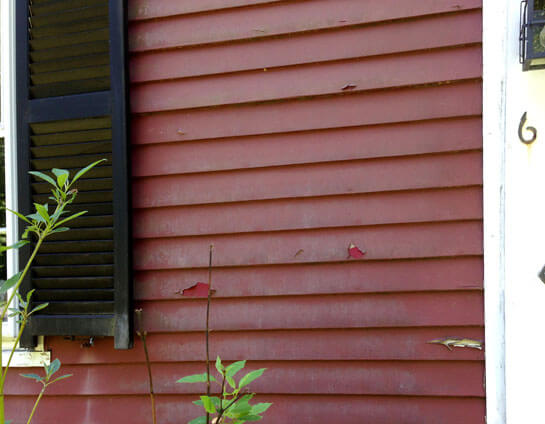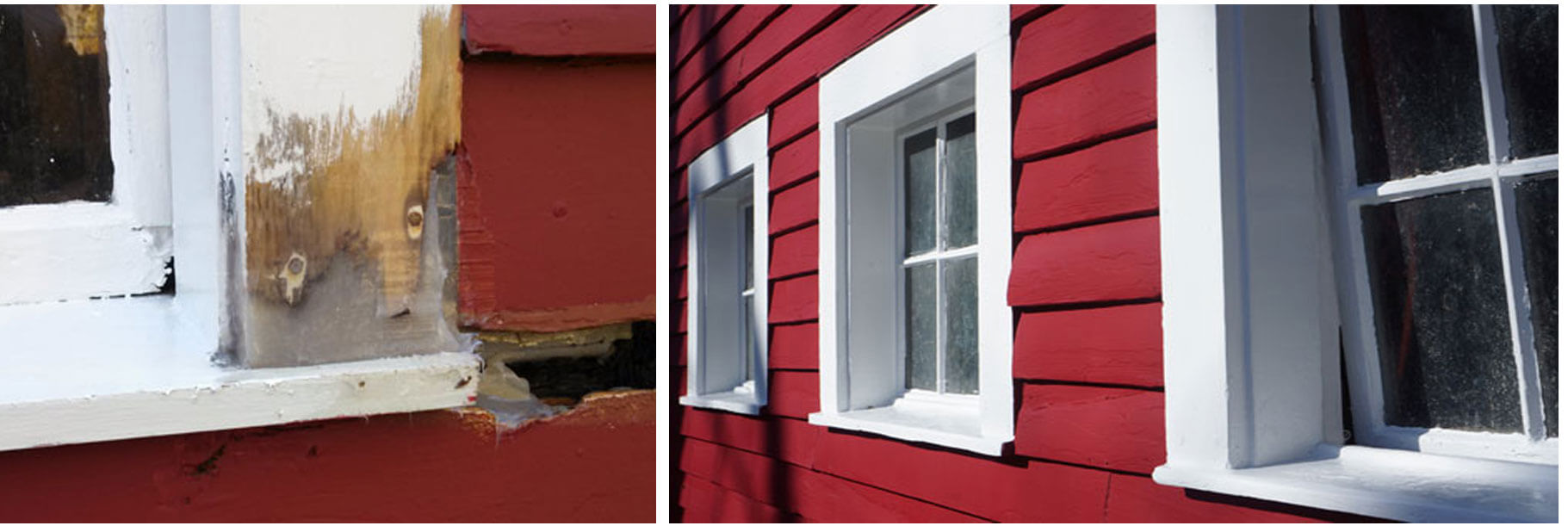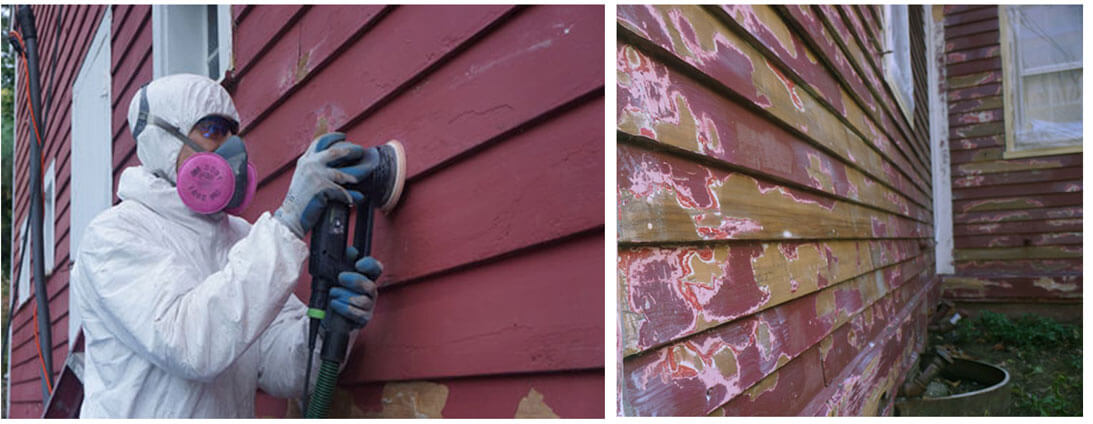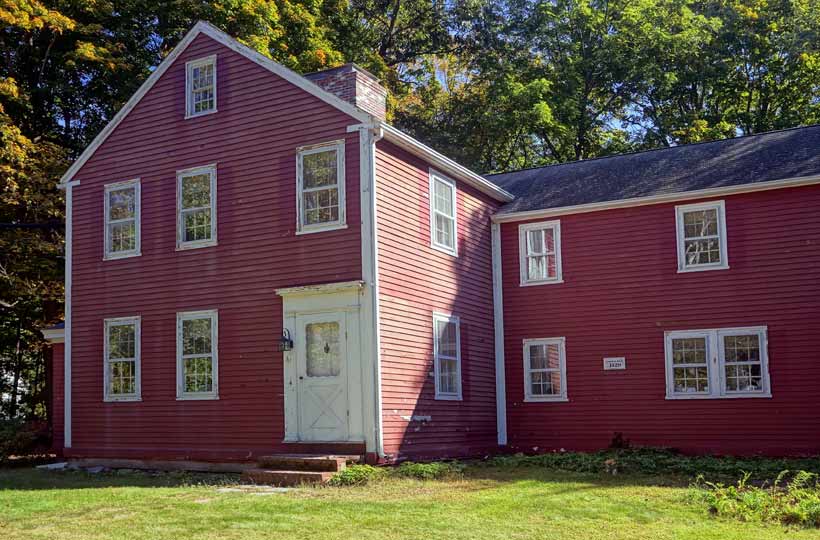
Originally posted on https://www.catchlightpainting.com/old-homes-and-a-lifetime-coating-not-so-fast/
Old New England homes, peeling paint and a permanent, lifetime coating? I don’t think so.
This summer we embarked upon the restoration of a 200 year old farmhouse in Stow. Initially we had assumed our city pricing would be a deterrent but further conversation with the owner revealed a tailored fit – she was being pushed to sign a contract with a company that offered a ‘lifetime’ solution to her home’s issues with peeling paint. Needless to say, this offer came with a hefty price tag, and in our opinion, the solution being offered would actually exacerbate the peeling issues.
The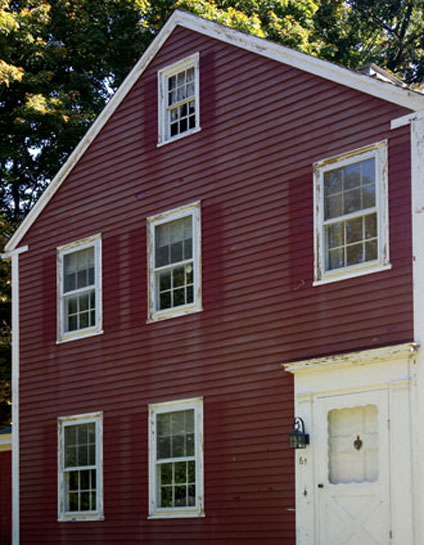 owner and I communicated via email at great length, reviewing the photographs she had taken of the most problematic areas. What we ascertained, prior to our site visit, were problems more related to poor craftsmanship, mildew, sun-bleached paint and in very few areas, peeling paint.
owner and I communicated via email at great length, reviewing the photographs she had taken of the most problematic areas. What we ascertained, prior to our site visit, were problems more related to poor craftsmanship, mildew, sun-bleached paint and in very few areas, peeling paint.
This photograph shows ultraviolet damaged color and significant surface deterioration. The paint film appears almost milky white – the elevation faces due north and the discoloration is the result of both UV bleaching and mildew growth across the coating.
The peeling trim in the photograph to the left is newer, softer pine, added during a renovation in the 90s.
The peeling visible on this elevation is the toughest problem to solve; this is newer cedar siding, installed unprimed, and the paint is blistering down to bare clapboard. In fact, the paint could be peeled off the clapboards some distance as the primer had no mechanical bond to the clapboard.
Blistering on this elevation points to ‘applicator error’ – in other words, the last painter forgot to properly prep the surface to ensure successful adhesion of the new coating to the existing.
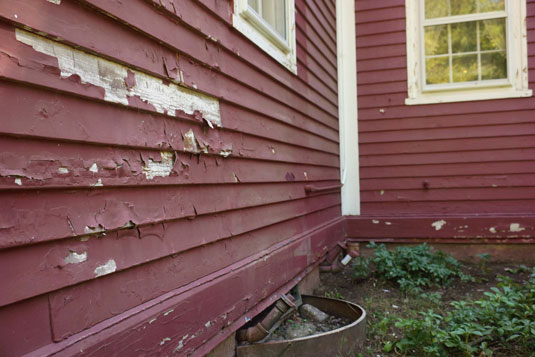
Finally, the worst of the failure is captured here; the areas of sound paint showed prior aggressive paint removal with rotary grinders; the wood is scored with circular scarring; the areas of peeling paint are alligatored and the peeling extends through multiple topcoats to an original white oil based stain or whitewash.
When discussing preparation of the house, we assured the owner that while we would be assiduous and meticulous in our work, unless all coatings were removed to bare wood, occasional blistering would likely remain an issue, but this should be perceived as ‘character’ not flaw. The house is 213 years old and sits over a rubble stone foundation, meaning the basement is constantly absorbing moisture from the surrounding soil and exhausting it, via chimney effect, through the house above. Thus, there is no permanent solution unless one was to waterproof the foundation walls and floor, a significant undertaking and expense.
Here is an example of the repairs possible using epoxy; we use Flextec, a two part epoxy that shapes well and will outlast the wood around it.
Below is a typical progress shot, showing aggressive paint removal using the Festool sanding system. Since lead paint was present in both trim and siding coatings, all dust was extracted into HEPA filtered vacuums and we followed all EPA RRP protocols.
400 hours later, the completed project.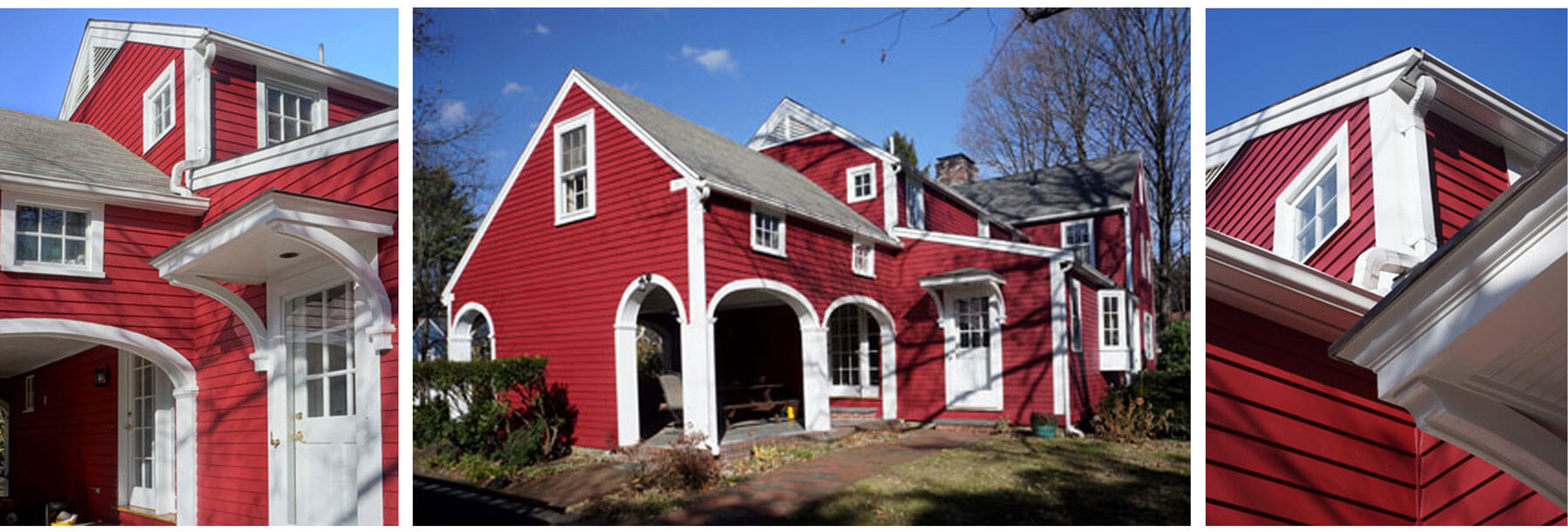
We invite you to learn more about our exterior home painting services
